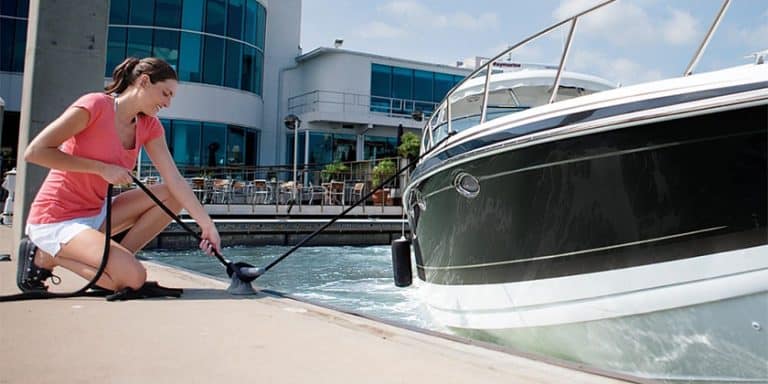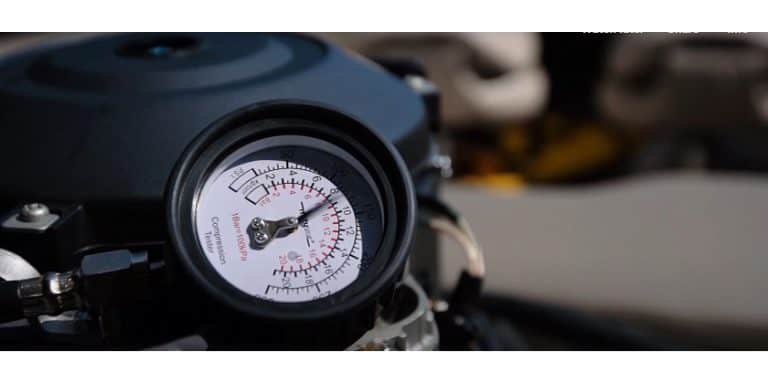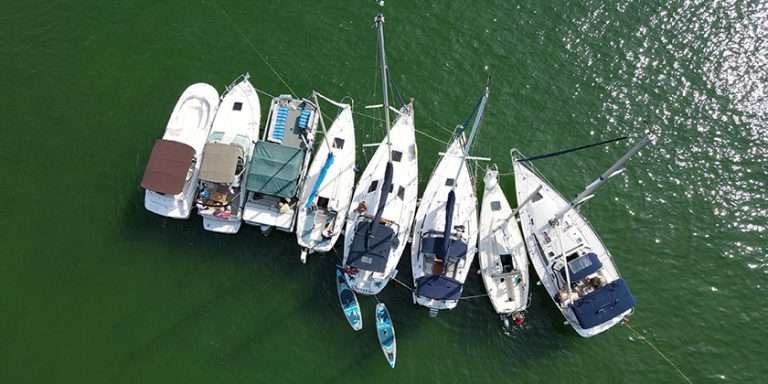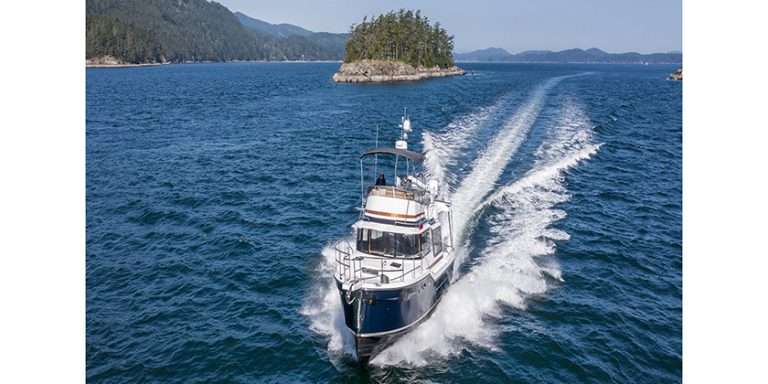The Art of Anchoring
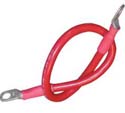
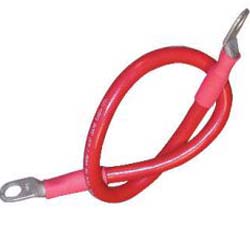 Why anchor? Well let’s start with the simple fact that unless a boat is secured, it will drift away due to the actions of wind, wave action, tide and/or currents. If a boat cannot be attached to something secure such as a dock, piling, mooring buoy, tree, or rock, it must be anchored. There is much more to anchoring than simply tossing the anchor over the side.
Why anchor? Well let’s start with the simple fact that unless a boat is secured, it will drift away due to the actions of wind, wave action, tide and/or currents. If a boat cannot be attached to something secure such as a dock, piling, mooring buoy, tree, or rock, it must be anchored. There is much more to anchoring than simply tossing the anchor over the side.
An anchoring system has two parts: the anchor itself and the rode that connects the anchor to the boat. To be effective, an anchor must have good holding power, and the rode must be strong enough to withstand the strains that are put on it by the actions of wind, water and waves. The greatest of these is wave action, which tends to lift the anchor off the bottom, especially if the rode is too short.
Early anchors depended entirely on their weight, but with improved design and better anchoring techniques, large boats can now be anchored securely with relatively small anchors.
An anchor’s holding power depends on the design and weight of the anchor, its ability to dig in, the angle of attack, and the type of bottom.
For any given type, a heavy anchor holds better than a light one. To determine the appropriate size of anchor for a given boat, one should refer to the anchor manufacturer’s recommendation.
The rode may be a line, a chain, or a combination of the two. For small boats it is most common for the rode to be just line. For larger boats either a chain or a combination of chain and line produce the best results. The best sort of line to use for an anchor rode is nylon because of its strength and high elasticity. The onboard end of the rode, or bitter end, must be securely fastened to the boat. How often have we seen someone toss an anchor over the side only to watch the anchor and rode disappear overboard because the end of the rode was not securely fastened?
In the case of a rode made up of line with a length of chain at the lower end, there should be a metal thimble spliced into the end of the line. The length of chain should be shackled to the thimble and the shackle pin secured by a monel locking wire. Monel wire, made of a nickel-copper alloy, is well suited to marine use as it is very strong and offers excellent corrosion resistance. The other end of the chain should be similarly shackled to the ring of the anchor; and the same applies if the rode consists entirely of chain.
The chain on the end of the line serves three purposes:
– It holds the rode down on the bottom so the pull on the anchor is horizontal.
– It saves the nylon line from wear on the bottom as the boat swings while at anchor.
– It adds to the cushioning action of the rode due to its weight.
The anchor’s ability to dig into the bottom and secure itself is improved if the rode is as nearly horizontal as possible, so that the anchor is being pulled along the bottom rather than being pulled up from it. As mentioned above, if the anchor rode is made of chain, or has a section of chain at least at the lower end, this helps keep the angle of pull horizontal. Another way of achieving this is by attaching a heavy weight, called a kellet or sentinel, to the middle of the anchor rode.
Only as a very temporary measure should the line be tied directly to the anchor ring, and then only with a knot such as a round turn and two half hitches, which spreads the strain and wear over two loops.
The recommended minimum anchoring system for a boat 8 metres long consists of a 12-kilogram anchor attached to 8 metres of 8-millimetre chain and 50 metres of 10-millimetre nylon line.
Anchor Design
A traditional anchor has two flukes that dig in to the bottom. A stock is set in the shank at right angles to the flukes to keep the flukes upright when the anchor is lying on the bottom. This anchor is awkward to handle and of limited efficiency. Many modern anchors have no stock.
Three types of commonly used anchors are the Bruce and CQR (or Plough) anchors which are good in most types of bottom, while the Danforth is good in sand and mud, but not in rocks or weeds. Incidentally, a secondary lighter anchor should also be carried on a boat, in case the main anchor is lost.
Angle of Attack
An anchor is most effective when it has a low angle of attack, in other words, when it is being pulled parallel to the bottom. The chain helps to do this, and so does a large scope. The scope is the ratio of the length of rode let out, to the vertical distance from the water’s bottom to the cleat on the gunwale where the line is attached. A scope of five to one is generally a satisfactory minimum. However, seven to one is recommended if possible. The length of rode needed to anchor a boat safely should not be under-estimated, especially when anchoring at low tide and in shallow water.
Type of Bottom
Most anchors hold well in mud and sand bottoms, but may not perform as well in rocky or weedy bottoms. This must be considered when selecting a boat’s anchor.
Storage
The anchor and its rode must always be readily available, yet must be stowed safely and securely when not in use. Whether the anchor is kept in an anchor locker or in a fitting on deck, it should be held securely in place by lashings because, if it breaks loose in rough weather, it can cause serious damage. When not in use, the rode should always be stored in a well-ventilated locker designed so that the rode can pass from it out to the anchor, to which the rode remains secured at all times.
Maintenance
The anchor and chain require little maintenance, but the nylon line should be inspected regularly for abrasion, and should be replaced if any is found. Chafing gear at the chock can reduce the likelihood of abrasion. If used regularly in salt water, the anchor, chain, and line should be rinsed with fresh water at least three times a year.
Where to Anchor
If anchoring overnight, it is important to select a suitable anchorage. Good holding is essential. Choose somewhere that is sheltered from all directions; make sure there will be sufficient depth of water, even at low tide; avoid areas that are foul with stumps, weeds, or boulders; and avoid open bays where a wind shift may leave the vessel on an exposed shore. Check that there is enough swinging room, and look for signs on shore indicating the presence of underwater cables.
Anchoring
Before lowering the anchor, attach to the anchor ring a trip line with a small float on it, especially when anchoring in an unfamiliar area. This provides a means of freeing the anchor if it should become fouled.
Never, ever, simply throw the anchor over the side. Always lower it carefully taking care that the rode and the trip line do not foul the anchor equipment on the boat or the crew.
Anchoring Under Power
Run the boat forward slowly into the wind or current. Allow enough space upwind or upcurrent to give swinging room in case the wind or current changes. Just before reaching the spot selected for anchoring, put the engine into neutral. When the way is almost off the boat, lower the anchor slowly over the bow until it touches bottom. Put the engine into slow reverse, and pay out the rode gradually to give a minimum scope of 5:1. With the engine still in slow reverse gear, secure the rode to the Samson post or a strong cleat until the anchor digs in, or is set. Stop the engine. Take two bearings on objects ashore to detect whether the anchor is dragging.
An additional technique that is useful when there is enough depth and a public access shoreline is to set the anchor off the bow as above, reversing towards shore and then tie a second line off the stern securely to a fixed object like a tree, rock or spike on the shore.
Courtesy
Do not anchor too close to other boats. Never let your anchor rode run over another boat’s rode. If possible, anchor the same way as others, lying parallel to the nearest vessel, so that the anchor rodes do not become entangled. Never anchor a boat with the rode attached at the stern, because it may be swamped by waves or current.
Weighing Anchor
To weigh anchor – that is, to raise it – pull the rode in until it is vertical, leading directly down to the anchor. The anchor will generally come free with an extra hard tug. If not, use the trip line to free it. If there is no trip line and the anchor is difficult to break out, belay the rode to a cleat or Samson post and gently use the engine in forward gear.
Raise the anchor and when it comes close to the surface, dip it up and down a few times to remove the mud, taking care not to damage the hull. As soon as the anchor is on board, secure it, together with its rode, so they do not accidentally go overboard again.


